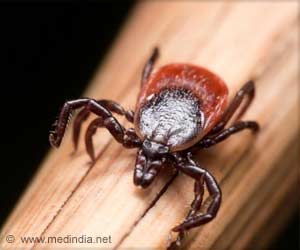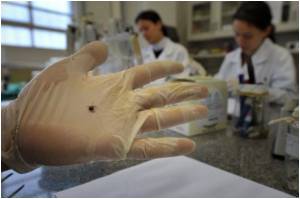Discover how climate change is increasing the risk of the highly lethal Crimean-Congo haemorrhagic fever (CCHF) virus and altering the landscape of public health.
- The link between climate change and the emergence of the deadly Crimean-Congo haemorrhagic fever (CCHF) virus has become highly likely, with cases reported in Eastern Europe and France
- Occurrences of CCHF may have already been missed by doctors in the UK due to its rarity, but experts warn of its potential arrival and the likelihood of tick-borne illnesses spreading
- Alongside CCHF, climate change is also contributing to the spread of other diseases like Rift Valley fever, Zika, and "breakbone" fever, signaling a shift in disease geography
Climate Change and the Highly Lethal CCHF Virus
The advent of this lethal virus has become "highly likely" as a result of climate change. The virus-caused sickness has been discovered throughout Eastern Europe and, most recently, France.This virus is on the World Health Organization's list of "priority" diseases. According to WHO, the death rate of CCHF might reach 40%. According to the report, the virus, which is transferred by ticks or animal tissue, is difficult to prevent or treat (1✔ ✔Trusted Source
Crimean-Congo Hemorrhagic Fever
Go to source).
Tick-Borne Illnesses and the Arrival of CCHF in the UK
There may have already been occurrences in the UK, but doctors on the NHS may have missed them because such an occurrence was exceedingly unusual until now.Prof James Wood, Cambridge University's head of veterinary medicine, told the committee that CCHF was "highly likely" to arrive in the UK at some stage, but it was difficult to predict which viruses would arrive and when.
Tick-borne illnesses such as Crimean-Congo haemorrhagic fever, he said, are very likely to spread in the UK at some stage.
Climate Change and the Rising Threat to Public Health
According to scientists, the UK's warmer weather may also contribute to the spread of other diseases such as Rift Valley fever, Zika, and break bone fever.According to Professor Bryan Charleston, Director of the Pirbright Institute, there is a "slow march north" of diseases taking place.
Climate change was changing the geography of where certain illnesses could be found, according to Professor Sir Peter Horby, Director of Oxford University's Pandemic Sciences Institute.
Reference:
- Crimean-Congo Hemorrhagic Fever - (https://pubmed.ncbi.nlm.nih.gov/26199256/)













